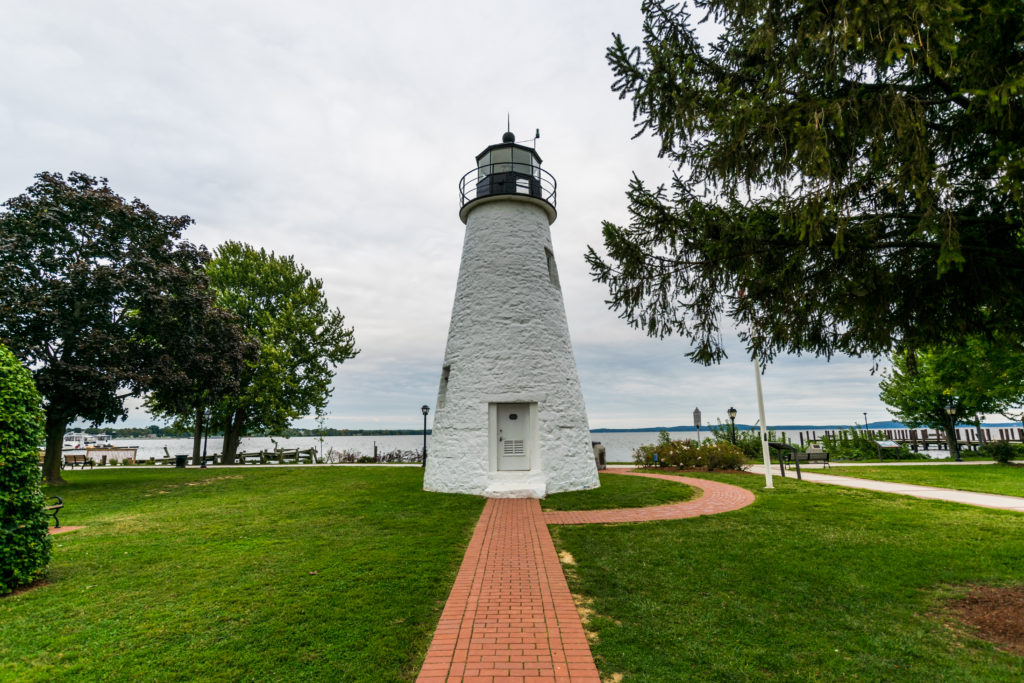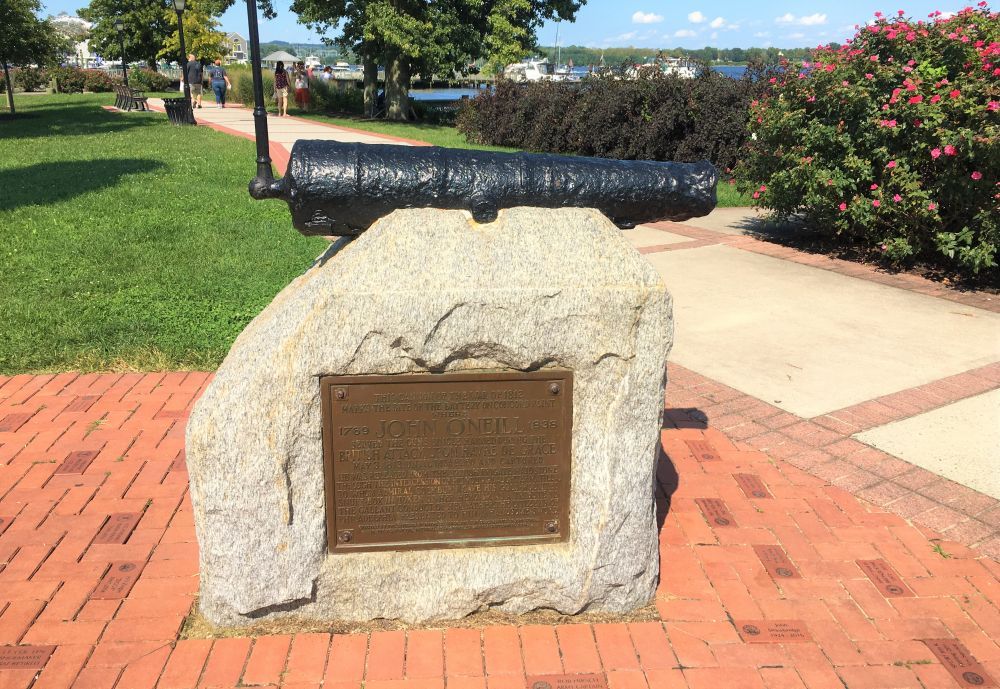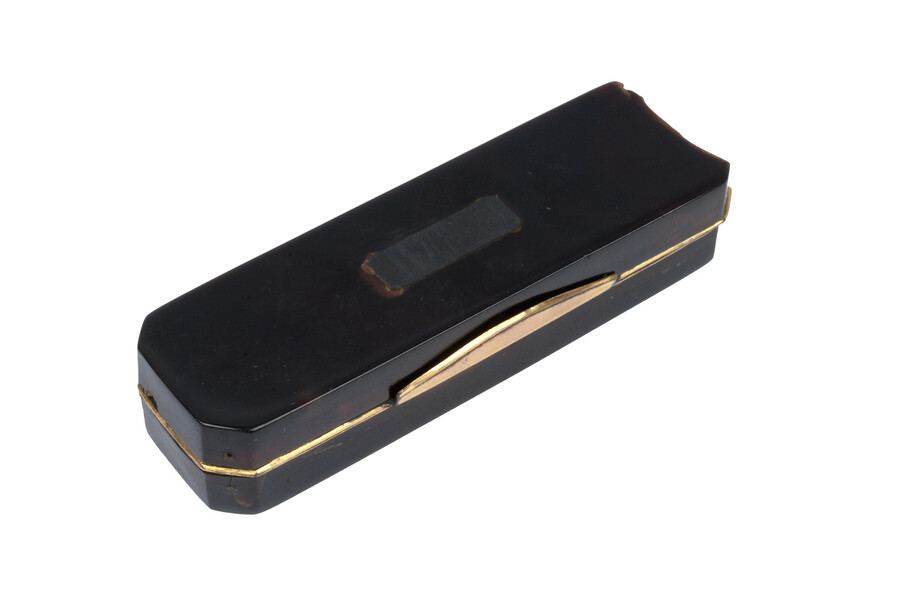Finding a HERO!
You know the historic lighthouse in Havre de Grace? Well, check this out.

My great grandfather, John Wareham Morgan took awhile to reveal himself. But when he finally did, he did! One way of tracking our ancestors down is by working backwards so I started with his death certificate. With that in hand we went to the cemetery he was buried in and found 19 ancestors buried there. I came home, did the research and now I know.
Angel Hill Cemetery in Havre de Grace was created in 1886. Some of the souls resting are recognized by name. Others, like my 4th great grandfather are recognized by his contributions to America, and Havre de Grace!
The War of 1812 is something I may have slept through in History class. Back then I had zero interest in things that happened ‘a long time ago’. But as we get older and wiser we realize history is our story… it’s how we got to where we are. And I believe our ancestors have passed their stories down through their DNA. Do you have dimples? Musical talents when nobody else in your immediate family does? Did you come out with red hair in a blond haired family? Were you a natural born farmer? A master woodsman? Sure, you may have gotten it from your Mom and Dad, but where did they get it? I imagine I have a little Matilda in me… you’ll see.

Like all wars, the War of 1812 was the consequence of perceived harm. In this case, Great Britain was trying to exert too much control over the United States. The British Navy imposed maritime restrictions that restricted American farmers from freely trading with Britain, or France who were already at war amongst themselves. Some say the British Navy would also stop ships and force the men aboard to join the Royal Navy. And the British may have gone as far as to arm the Native American tribes out west who were trying to keep/ take back their lands from the early settlers. And, and, and, and, and…
British Admiral Cockburn was a poor sport! He was in charge of the Royal Navy Fleet tasked with blocking the Chesapeake Bay and raiding trading towns- you know? Take their supplies and leave them destitute. Spesutie Island was their home base. From there they sailed up and down the Elk and Susquehanna Rivers taking livestock, burning trading towns and wreaking havoc. He is quoted as saying, ” I have no hesitation in pronouncing that the whole of the shores and towns within this vast bay, not excepting the Capital itself will be wholly at your mercy… or destroyed at my pleasure.” Mean dude, right?
WELL! On their way back from burning Frenchtown and counting their loot, the militia in Havre de Grace fired on them. Admiral Cockburn was none too pleased and sent 400 troops into Havre de Grace to burn it down!

Transcription: This cannon of the War of 1812 marks the site of the battery on Concord Point where John O’Neill 1769-1838 served the guns single handed during the British attack upon Havre de Grace May 3, 1813 until disabled and captured. He was released from the British frigate Maid Stone through the intercession of his young daughter, Matilda, to whom Admiral Cockburn gave his gold-mounted snuff-box in a token of her heroism. As a tribute to the gallant conduct of her father, the citizens of Philadelphia presented to him a handsome sword. Erected by the citizens of Havre de Grace and the descendants of John O’Neill in the year of the National Star-Spangled Banner Centennial 1914.
And guess who was firing from Havre de Grace???? My 4th great grandfather! Lieutenant John O’Neill. John O’ Neill was an Irish immigrant born in 1768, and proud and committed to be in America. Once the British returned fire, the other militia men at the ‘Potato Battery’ with granddaddy turned and ran! But my Gramps stayed there and continued firing his cannon until he was wounded. Some folklore says he was shot and other folklore says the cannon recoiled and smashed his leg. Being easy prey, he was taken prisoner and taken out to Cockburn’s boat, the Maidenhead.
Admiral Cockburn stated they were peacefully passing Havre de Grace when they were fired upon by civilians. The militia was not given uniforms. He wanted O’Neill hanged for “overt acts against armed forces of His Britannic Majesty.”
Of course his release was requested by the powers that be. But the deciding force was his daughter Matilda. Just 15 years old and full of courage and vigor she took audience with Admiral Cockburn and pleaded her father’s case. She convinced him that her father was a militiaman, he was doing his sworn duty. She won. Her father was released. As she and her father prepared to go ashore, the Admiral presented Matilda with a tortoise shell snuff box for her loyalty and bravery. That box is now at Maryland Museum of History and Culture. And granddaddy John O’Neill was also presented with an elegant sword by the people of Philadelphia. That is also at the Maryland Museum of History and Culture.


Another token of appreciation for John O’Neill’s heroic actions, was President John Quincy Adams appointing him Keeper of the Concord Point Lighthouse in 1827. This was a pretty sweet gig back then! He lived in the Keeper’s House and made $350 a year. He manned Concord Point Lighthouse until his death in 1838. There were 2 other Keeper’s between then and 1861 when his son John O’Neill JR returned and served as the Keeper until his death in 1863. His successor was his wife, Esther O’Neill who manned the Lighthouse until 1881 when she resigned. The torch was passed to her son Henry E. O’Neill where he remained until his death in 1919. Soon after, a Keeper was no longer needed. The light was electrified and the Keeper’s dwelling sold.
John O’Neill came to America when he was 18. He was a gunsmith and after moving to Havre de Grace, ran a nail factory and was a town commissioner. But his biggest accolades was being named ‘The Defender of Havre de Grace’.



